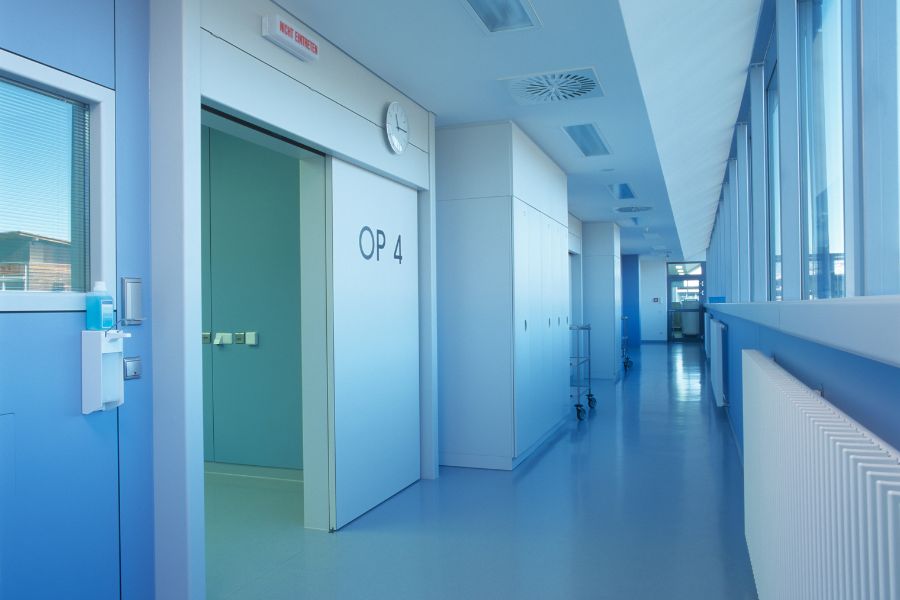Cleaning a cleanroom is very important to maintain cleanliness and the highest possible hygiene in a work area. In this article we explain the importance of knowing how to clean a cleanroom and keep it free of bacteria to ensure a safe and optimal space in the healthcare environment.
What is a clean or sterile room?
A clean room, also known as a clean or sterile room, is a space in which environmental parameters such as air particles, temperature, humidity, air flow, interior pressure and lighting must be strictly controlled. They must undergo specific cleaning and disinfection in order to be able to carry out their normal activities.
Cleanrooms are designed to achieve a high level of hygiene, always ensuring optimum safety for workers or users. They are an essential element in all types of companies in the agri-food, nuclear, chemical and pharmaceutical sectors.
Types of cleanroom maintenance
- Corrective: repair of possible breakdowns.
- Immediate: no work can be carried out without it.
- Deferred: it is possible to operate in spite of the malfunction to be repaired.
- Preventive: correction of deficiencies before they occur.
- Programmed: periodic, determined intervals.
- Predictive: different variables that directly or indirectly affect the operation of the system.
- Opportunity: unscheduled shutdowns.
What measures can be taken to keep a cleanroom free of bacteria?
A cleanroom must have an effective and documented maintenance and monitoring plan. This is a structured set of tasks that includes the activities, procedures, resources and duration required to perform maintenance on a facility or equipment. In order to know how to clean a cleanroom and keep it free of bacteria, there are certain measures:
- The air must be sterile and filtered to remove suspended particles and microorganisms. It is completely renewed several times per hour so as not to accumulate dust.
- The rooms are maintained at a slightly higher pressure range than outside.
- The walls are covered with vinyl and the corners are rounded to prevent accumulation of dirt.
- There is only a sink in the validation room to prevent micro-organisms from entering the production area.
- Operators must wear special suits so as not to carry contaminants or generate dust particles. This clothing consists, from top to bottom, of a cap, mask, operating theatre clothing, latex gloves and plastic tights.
- Airlocks maintain pressure differences between the rooms and isolate them from the outside.
- Use of HEPA or ULPA filters to retain particles.
How to avoid contamination in a cleanroom?
Cleanroom contamination can lead to a loss of product quality for the end user, as well as costly interruption of production and a corresponding increase in costs. Such contamination can occur for a number of reasons such as:
Improper opening of doors
This is the most common factor by which a cleanroom can become contaminated. The appearance of contaminated particles on shoes and clothing can also jeopardise their safety. To avoid this, it is important to reduce ingress and egress, always making sure to close the door properly and keep pressures at the correct levels.
Inappropriate clothing
It is also vitally important to wear appropriate clothing in the designated area. The contamination control mat should be passed over, as it captures dirt and dust particles carried on both footwear and equipment wheels.
Exclusive cleaning utensils
Cleaning utensils are for the exclusive use of this area and must not be stored in the room or entered without prior disinfection and sterilisation.
Check-in
In addition to checking in, it is very important to prevent the entry of food and drink, as well as backpacks or bags.
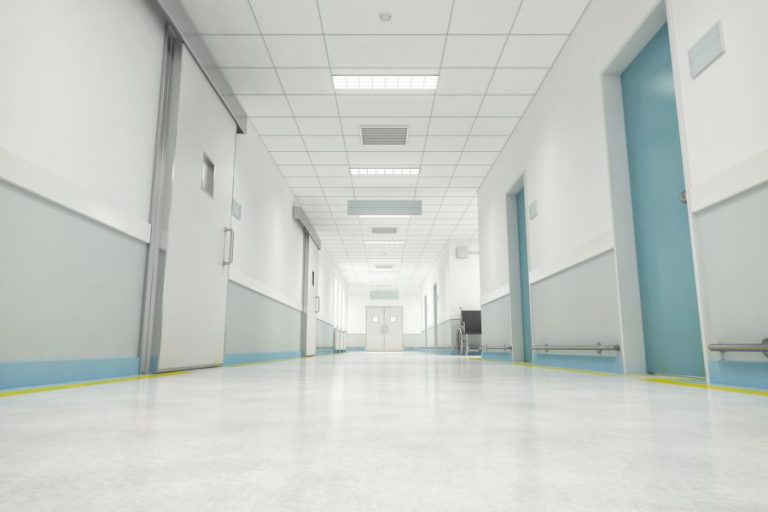
What clothing to wear in cleanrooms?
One of the most important factors to avoid contamination in a cleanroom is the clothing. This should follow the dress code and respect the following points:
- Close the area tightly.
- Dress with the appropriate PPE.
- Wash hands according to protocol.
- Put on gaiters and other items.
- Move to the clean area, through the separating bench.
- Step on the carpet to capture particles.
- Put on gown, gloves and hat.
- Close the other door securely.
How to clean a clean room?
It is important to know how to clean a clean room. To do it correctly, you should start from the cleanest to the dirtiest area in the same room, from top to bottom. To follow the cleanroom cleaning protocol, you should follow these steps:
- Remove the waste from the room and place it in a double bag or in a specific bag.
- Clean with the chemical product.
- Clean walls and complete furniture.
- Replenish consumables.
- Scrubbing with the chosen system.
- Scrub the laundry room.
- Remove protective clothing and dispose of in the trash.
For the cleaning of a cleanroom it is important to use specific machines, tools or cleaning products such as:
- Special full-filter hoovers (HEPA)
- Antibacterial microfibre wipes
- Antibacterial microfibre mops
- Specific chemical products according to room classification
- Special washing machines and dryers for this type of installation.
DANUBE cleanroom machinery
DANUBE has a wide range of washing machines for clean rooms, specially designed to maintain an adequate cleanliness index, avoiding cross contamination between garments, and that comply with all the quality standards established by the current legislation.
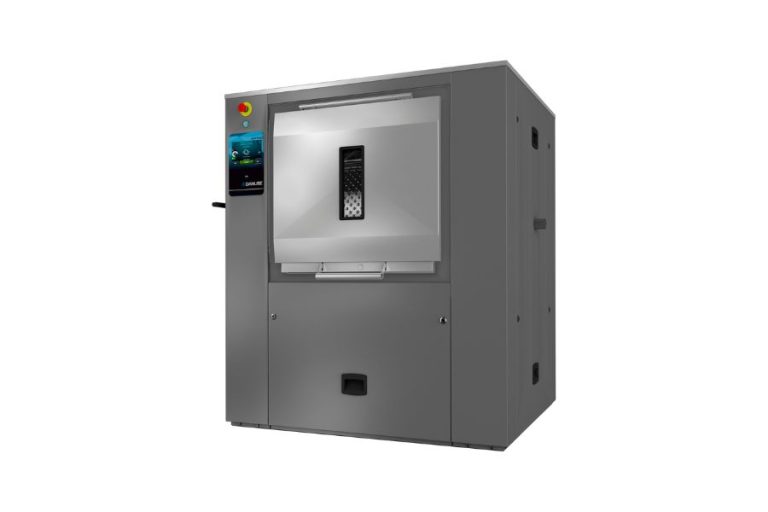
DBW 27-70 ET2 sanitary barrier washer extractors
The 27, 35, 50 and 70 kg barrier washer extractors are equipped with the Easy Touch 2 control which has a fully programmable touch screen and allows for greater traceability control, data analysis and the possibility of displaying illustrative videos.
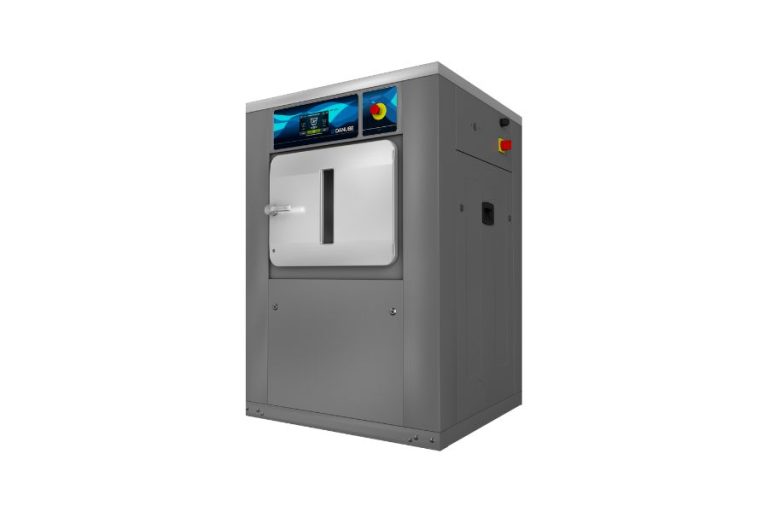
Sanitary barrier washer extractors MED 16-22 ET2
The 16 and 22 kg barrier washer extractors are ideal for residential homes and hospitals thanks to their optimised water and detergent consumption. These washers also feature the ET2 microprocessor control, a high G-Factor of 350 and the double door system that prevents cross-contamination.
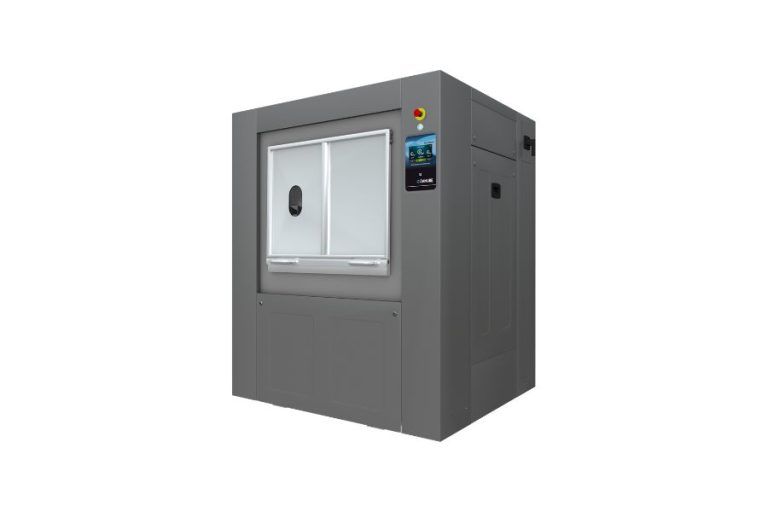
Sanitary barrier washer AS-100 ET2
The AS-100 ET2 sanitary barrier washer extractor follows the strictest standards and avoids contamination of clean linen, specially designed for hospital laundry. Its 100 kg capacity and large doors make it easy for users to load and unload linen.
If you would like to receive technical advice, just contact us. Call us on +33 254 880 576, send an email to info@danube-international.com or fill in our contact form – it’s as easy as that!
